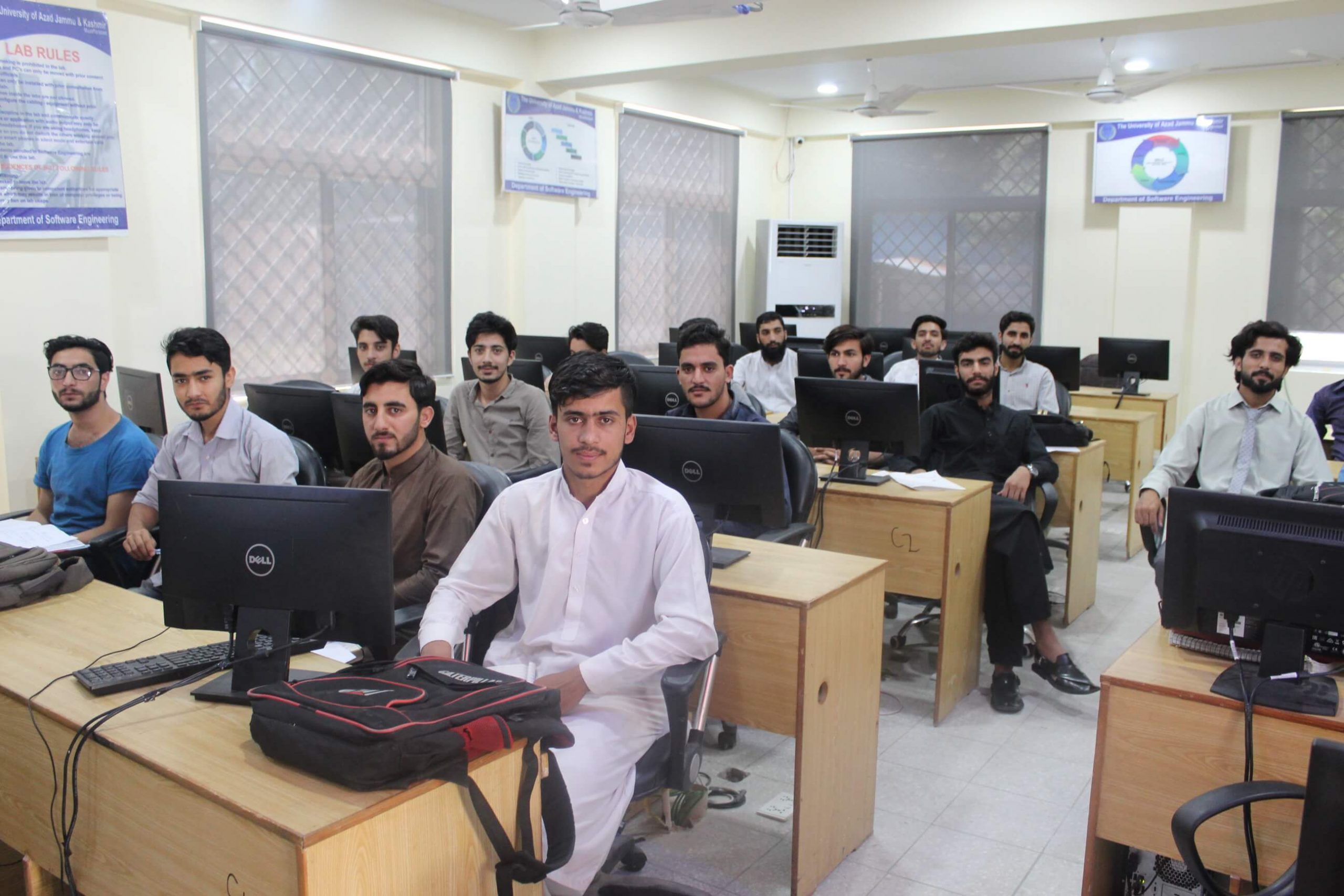Nature and scope of health and safety
Reasons/benefits and barriers for good practices of health and safety
Legal frame work and OHS Management System
Four principles of safety- RAMP (Recognize, Assess, Minimize, Prepare)
Re-thinking safety-learning from incidents
Safety ethics and rules
Roles and responsibilities towards safety
Building positive attitude towards safety
Safety cultures in academic institutions
Hazards and Risk
Types of hazards: Physical (mechanical and non-mechanical), Chemical (Toxic and biological agents), electrical, fire, construction, heat and temperature, noise and vibration, falling and lifting etc.
Learning the language of safety: Signs, symbols and labels
Material safety data sheets
Safety data sheets and the GHS (Globally Harmonized Systems)
Costs of accidents
Time lost
Work injuries, parts of the body injured on the job
Chemical burn injuries
Construction injuries
Fire injuries
Risk Concept and Terminology
Risk assessment procedure
Risk Metric’s
Risk Estimation and Acceptability Criteria
Principles of risk prevention
Selection and implementation of appropriate Risk controls
Hierarchy of controls
Fire
Chemical Spill
First Aid
Trainings:Firefighting
Trainings:Evacuation in case of emergency
Workplace stress and sources
Human reaction to workplace stress
Measurement of workplace stress
Shift work, stress and safety
Improving safety by reducing stress
Stress in safety managers
Stress and workers compensation
Incident Investigation
recording and reporting
Techniques of investigation
Monitoring
Review
Auditing Health and Safety
Compose and comprehend English in advance way
Follow English language rules and skills to use it in professional life
Ability to plan and write advance and technical Report
Lectures (audio/video aids), Written Assignments/ Quizzes, Tutorials, Case Studies relevant to engineering disciplines, Semester Project, Guest Speaker, Industrial/ Field Visits, Group discussion, Report Writing
Mid Term, Report writing/ Presentation, Assignments, Project Report, Quizzes, Final Term
The A-Z of health and safety by Jeremy Stranks, 2006
The Manager’s Guide to Health & Safety at Work by Jeremy Stranks, 8th edition, 2006.
Occupational safety and health law handbook by Ogletree, Deakins, Nash, Smoak and Stewarts, second edition, 2008.

There are 133 total credit hours to complete the Software Engineering degree.
